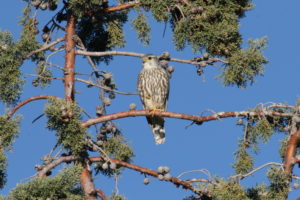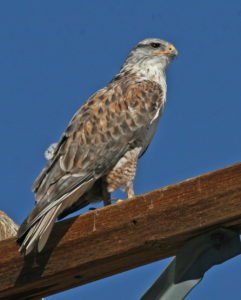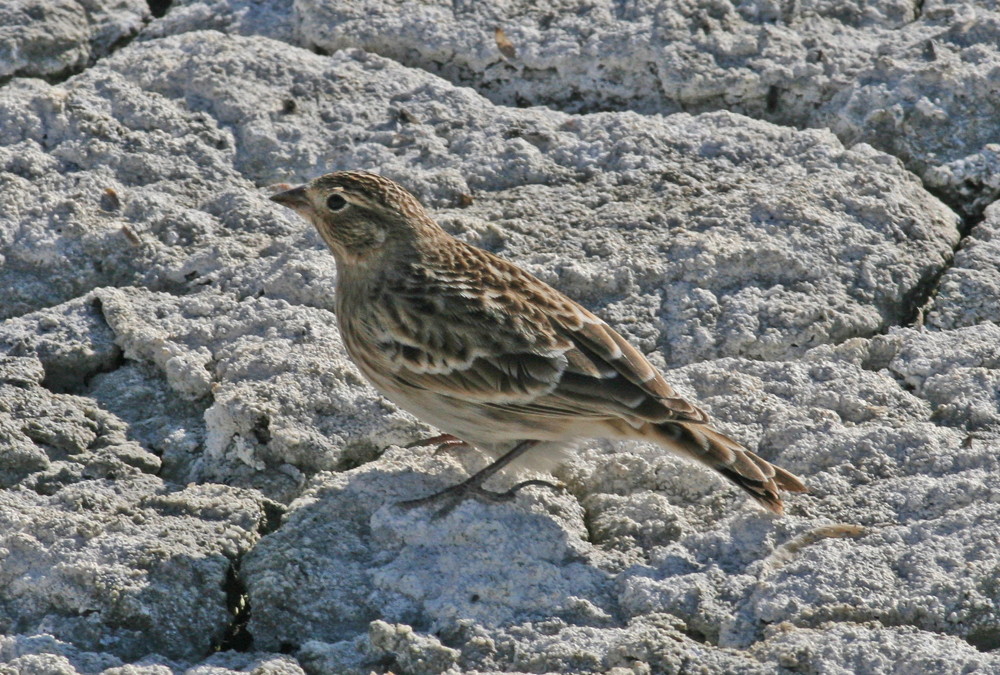
Do you recognize this bird?
Test your skills and then click the image for the answer!Immature Merlin, photo by Tom Heindel
Enjoy the hummingbirds that are frequenting your feeders today because the vast majority will be leaving during the next two months. As we write this in late August, the adult male Black-chinned Hummingbirds have already departed for their winter casas in western Mexico. There they will set up winter territories where they can continue to chase everything away from their food supply. They’ll not return to our feeders until next April.

And who is this handsome bird?
Test your skills and then click the image for the answer!Ferruginous Hawk, photo by Tom Heindel
The last remaining species, Anna’s and Costa’s Hummingbirds, will begin to move south but typically these two species may remain in winter in very small numbers. They were not recorded overwintering before 1995, which just happens to coincide with when a group of birders began keeping their hummingbird feeders up all winter near their homes for residual warmth that usually prevented freezing.
This is just one group of birds that summered in our area and then depart in late summer or fall and head south. They will be joined by swifts, flycatchers, vireos, swallows, thrushes, wood warblers, tanagers, grosbeaks, buntings, and others.

Don’t ruffle your feathers over me…
Test your skills and then click the image for the answer!Immature Bald Eagle, photo by Tom Heindel
So how do we get ready for these “new” birds that are replacing those who have migrated south. A good approach is to learn which species are expected here in winter. Any good field guide will have maps that indicate species that bred in the north and winter to the south of their breeding grounds. The guides also indicate the different plumages many species exhibit over the year. They won’t be wearing their spring finery for awhile so you need to study the basic or winter plumages. Very few individuals are capable of remembering ALL of the marks needed to clinch the identity of a bird with which we have limited or no recent experience. Doing your homework prepares you for the opportunities your fieldwork will present.

Lapland Longspur, Photo by Tom Heindel

Chestnut-collared Longspur, Photo by Tom Heindel
Do you know these birds? Can you tell these two birds apart?
Test your skills and then click the images for the answers!
Do you remember which longspurs have extensive white in the tail when you flush them from a grassy field? Or which longspur has a dry rattle call and a descending “TEW” note? Or which longspur calls “KITTLE, KITTLE?” Someone once said “Success is when preparation meets with opportunity.” If we want to improve or maintain our field skills, being in the field as often as possible is the best approach. If we can’t be in the field, time in the books is the next best thing. Are you going to be ready?

Hello! Do I know you?
Test your skills and then click the image for the answer!Harris’s Sparrow, photo by Tom Heindel
Tom and Jo Heindel have contributed a vast amount of their knowledge to the Wave Newsletter over the years (from 1993 on!). Those articles have been archived for reference, here: Heindel’s articles and season highlights.
Tags: duck, hawk, warbler
